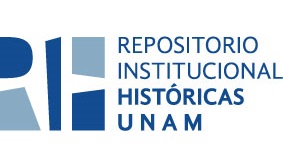De neófitos, amancebados y fornicarios: los nahuas y sus pecados en tres confesionarios tempranos
Resumen
The confessional manuals written in indigenous languages in sixteenth-century New
Spain were used by preachers to guard and indoctrinate their parishioners, and to
instill in them new forms of Christian subjectivity. This paper compares three Nahuatl
confessionals preserved today in different manuscripts, that had never before been
translated or analyzed. The intention is to show the early character of these texts and
the different strategies used by the friars, during the first decades of the evangelization
process, to try to convert the Nahuas into “sinners”. Durante el periodo novohispano los confesionarios en lenguas indígenas fueron uno de
los medios empleados por los evangelizadores para vigilar y adoctrinar a sus feligreses,
y para inculcar en ellos nuevas formas de subjetividad cristianas. En este trabajo
se comparan tres confesionarios en lengua náhuatl que han llegado hasta nosotros
en distintos manuscritos y que nunca antes habían sido traducidos ni analizados. La
intención es mostrar el carácter temprano de estos textos y las distintas estrategias
empleadas por los frailes, durante las primeras décadas del proceso de evangelización,
para intentar convertir a los nahuas en pecadores.
Cómo citar
Alcántara Rojas, Berenice. "De neófitos, amancebados y fornicarios: los nahuas y sus pecados en tres confesionarios tempranos:". Korpus 21, 2, 7(2023): p. 1-18. http://hdl.handle.net/20.500.12525/3106Aparece en las colecciones
Excepto si se señala otra cosa, la licencia del ítem se describe como http://creativecommons.org/licenses/by/4.0




